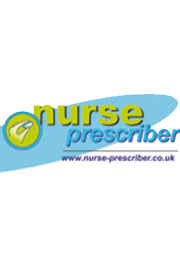Article contents
Pharmaceutical influences – Nurse prescribers: eyes wide open
Published online by Cambridge University Press: 22 June 2006
Extract
Summary
The role of the Pharmaceutical Industry within healthcare has been a debate amongst our medical colleagues for the past decade. However, with the growing number of nurses who are now qualified to prescribe, this controversial aspect of professional practice is becoming an area of interest to nurses. This article reviews some of the literature on prescribing and the pharmaceutical Industry, in an attempt to raise nurses awareness. Nurses have skills that are central to their education of assessment and evaluation. It argues that nurses are well placed to utilise these skills to identify the influences of the Pharmaceutical Industry. The role of the Pharmaceutical Industry in professional development is debated, suggesting that nurses have the skills to analyse the potential impact of this form of education. Concepts of Ethics are discussed in relation to prescribing, patient care and professional education and practice.
- Type
- Focus On
- Information
- Copyright
- © 2006 Cambridge University Press
References
- 5
- Cited by


